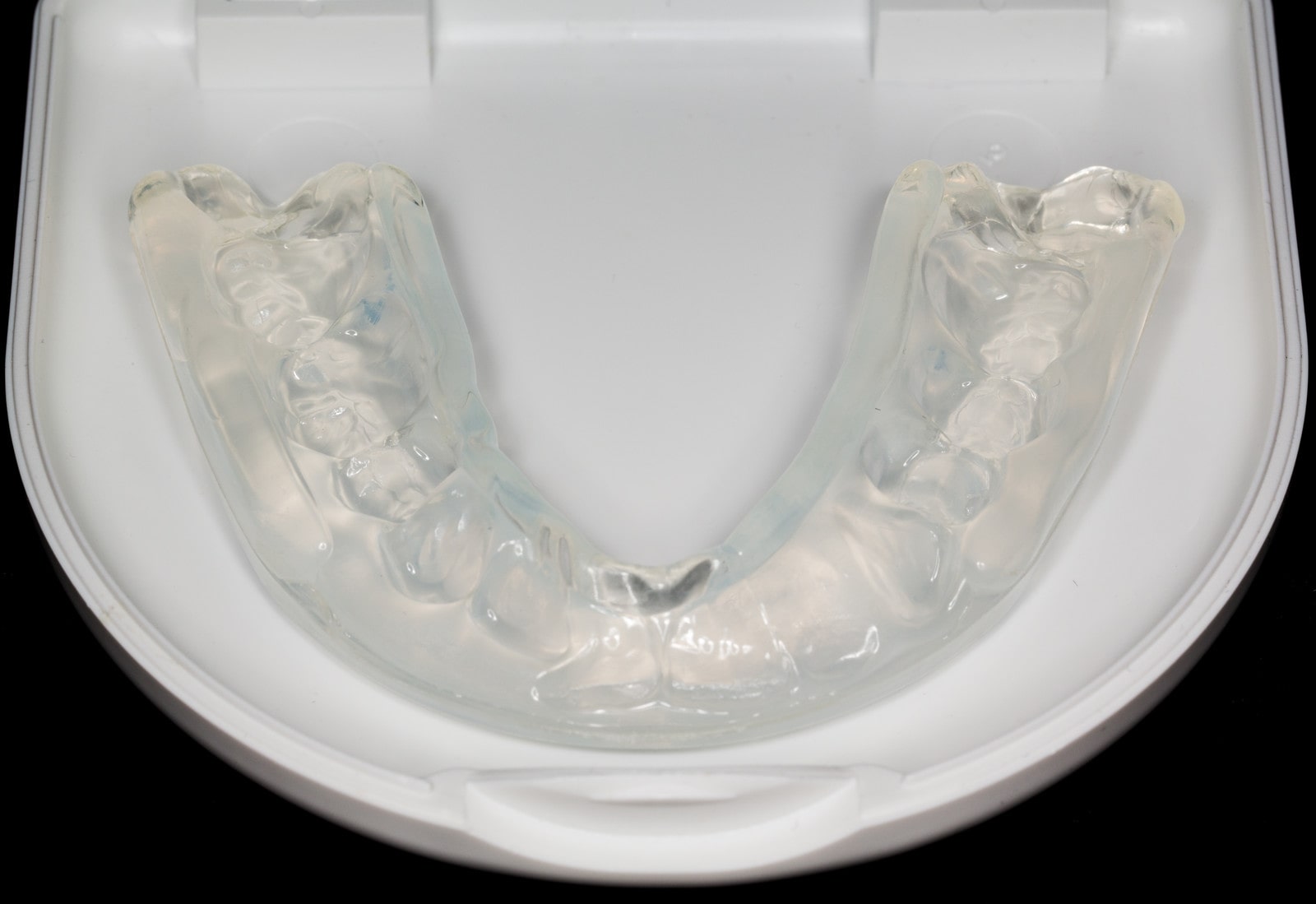Every athlete in every sport starts out with a full set of teeth. A lot of sports at every level — recreational, amateur, high school, university and college, elite, masters, semi-professional, and professional — expose participants to the risk of injury. Just look at the full sets of equipment that athletes in contact sports like hockey and football wear.
When equipping yourself or your child with the risks inherent to playing sports, think beyond the most obvious high-contact sports and the body’s largest bones. Don’t forget about the teeth.
Millions of teeth are knocked out of millions of athletes’ mouths across Saskatchewan and Canada every year. Whether or not your league makes it mandatory, dentists in Saskatoon strongly recommend that everyone who participates in contact sports should wear an appropriate mouthguard.
What options are there for mouthguards in Saskatoon?
There are three primary types of mouthguards available: stock, “boil-and-bite,” and custom. We will briefly review each type, particularly from the perspective of protecting children (but the principles are the same).
Stock mouthguards
Stock mouthguards are the opposite of custom-fit mouthguards. In other words, they’re one size fits all — albeit in different sizes — units that you purchase off the shelf. They are not custom fit to any athlete’s mouth. Because an L stock mouthguard is designed to fit everyone with an L mouth, they in reality fit and protect practically no one with an L mouth.
Every person’s mouth and the location of their teeth in their jaws are different. Stock mouthguards designed to fit the common denominator within a size range will provide minimal protection for the simple reason that they won’t fit. To compensate for that lack of fit, athletes may bite firmly down on a loose stock mouthguard to hold it in place. Doing so compromises your ability to speak and breathe, and forces your jaw and teeth into an unnatural and stressful position. That may increase, rather than decrease, the risk of oral injury. Cheap as stock mouthguards are, we advise you not to rely on them.
“Boil-and-bite” mouthguards
Boil-and-bite mouthguards can be purchased at sporting goods stores, and are typically made of inexpensive rubber that softens and becomes pliable under high heat. To customize it to your needs, you boil it in water, then bite it down into the softened material. In principle, it’s similar to making a mold in the dentist’s office. As the rubber cools, the impression you make in the mouthguard will be maintained.
While boil-and-bite mouthguards offer more protection than a stock mouthguard because they’re at least customized to the athlete’s mouth, they’re infamously uncomfortable and are known to tear easily. If you’re a parent looking to protect your child, the last thing you want to rely on is an uncomfortable mouthguard that your child probably won’t wear consistently.
Customized sports mouthguards
A dentist in Saskatoon can create a custom sports mouthguard that will be comfortable and provide all the necessary protection for your child’s teeth while ensuring your child can breathe properly. Your dentist can craft a mouthguard that will even protect your child if they wear braces.
Modern customized Pressure Laminated Mouthguards are made using a thermoplastic material wrapped around a dental moulding, which is then polished and tailored to fit perfectly.
Customized mouthguards from a dentist in Saskatoon offer essential protection for your child’s mouth in a format customized precisely for your child. After all, your child didn’t come off the shelf. Why should their essential protective equipment?
If your child is participating in contact sports without protection or is vulnerable to injury while using a stock or boil-and-bite mouthguard, contact a dentist to ask to upgrade their equipment. Even if your child is equipped with a custom mouthguard, ask a dentist to confirm that it still fits properly and offers proper protection. Your child is growing, and his or her teeth are changing as they grow. Their protection needs to grow with them.

